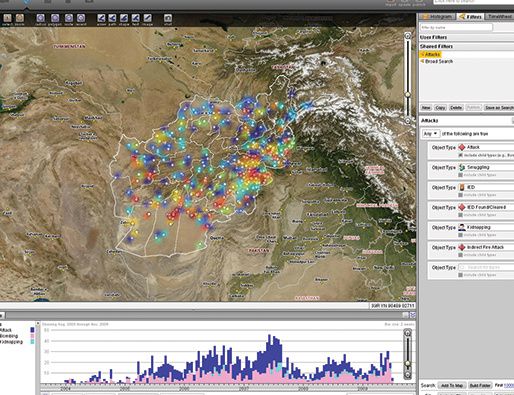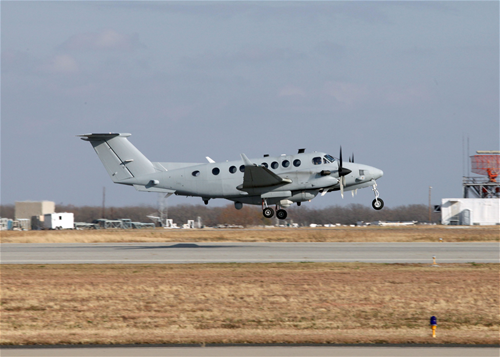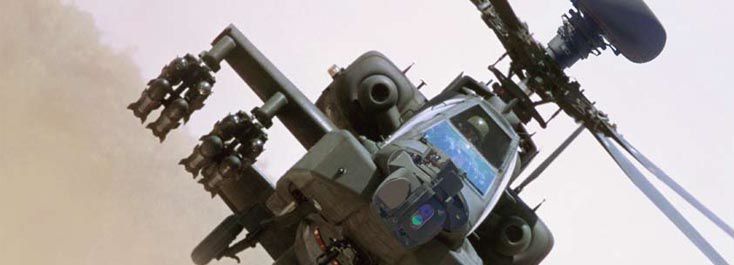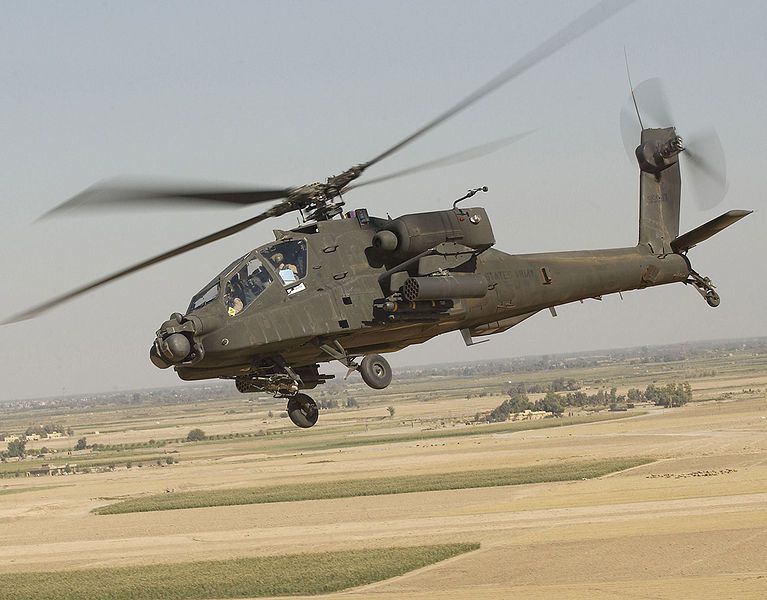March 22nd, 2015 By Army News Service - defencetalk.com
Despite cancelling its quest for an Armed Aerial Scout, or AAS, aircraft – a replacement for the OH-58 Kiowa – an Army leader told Congress there is still a valid need for that type of aircraft.
During a March 19 hearing before the House Armed Services Committee, subcommittee on tactical air and land forces, Maj. Gen. Michael D. Lundy, commander of the U.S. Army Aviation Center of Excellence, said the Army still considers AAS a valid requirement.
“We still have a valid requirement for Armed Aerial Scout. That has not changed,” he said. “We made a fiscal decision, based on the original 40-percent cuts that came into the aviation modernization portfolio.”
Right now the Army plans to divest itself of the OH-58 Kiowa aircraft, which had performed the armed reconnaissance helicopter mission. The Army deemed it too expensive to maintain the aircraft or upgrade it for the AAS mission through a Service Life Extension Program. Also too expensive was a replacement aircraft.
The Army now plans to use AH-64 Apache aircraft teamed with unmanned aerial systems to fill the role. But Lundy said that isn’t the end of the Army’s quest for a new AAS aircraft.
“Really where we are taking that now is, as we go into Future Vertical Lift [FVL]- what is going to be the armored reconnaissance capability that we have in FVL? We are doing a number of analyses of alternatives associated with the armored reconnaissance variant. We’ve got the requirement already clearly identified for a conventional aircraft right now. We are looking again at FVL as being that next iteration of the armed scout,” Lundy told lawmakers. “If something materializes between now and then we are going to remain agile enough we can look at it. It is a valid requirement. But we are certainly going to be dependent on the fiscal constraints that we have.”
For those pilots making the transition from OH-58 to AH-64 Apache pilot, Lundy said the training is going well, and said that the Army recently graduated three such pilots from training, and that two of those had done well enough to remain on at the school house as instructor pilots.
“I see no issues with the training,” Lundy said.
BLACK HAWK MODERNIZATION
Lundy also told lawmakers that the Army’s effort at modernization of the UH-60 Black Hawk is underway, and that it supports all components of the Army.
As many as 600 UH-60A Black Hawks across the Army will be divested from the fleet by 2023, he said. Additionally, the Army is converting UH-60L Black Hawks to the UH-60V version, which includes a glass cockpit.
Fielding will happen between 2018-2032, he said. The majority of those will go into the National Guard and the Army Reserve. The Army continues to field the UH-60M model as well, and expects to finish by 2028.
M4 CARBINE IS A SOLID WEAPON
Challenged by one lawmaker with the suggestion that the M4 Carbine is a less-than-satisfactory weapon, the Army’s chief of resourcing said he has heard no complaints from Soldiers.
“It is a capable weapon,” said Lt. Gen. Anthony R. Ierardi, deputy chief of staff, Army G-8. “In my service in 1st Cavalry Division, I did not hear one complaint from my Soldiers about the M4 Carbine. In fact, Soldiers wanted the M4 for what it brings: which is a compact, easy-to-maintain, and capable weapon.”
Ierardi said the Army will continue to enhance the M4, including conversion to the heavier M4A1. He said 90 improvements have been made to the weapon since it was fielded in 1994.
GOODBYE M113
The M113 armored personnel carrier has been in the Army since 1960 and Ierardi said the vehicle has already seen its last days as an operational vehicle. While a number of M113s remain in the Army inventory, the service has stopped using them operationally. The Army plans to replace the M113’s capability with the armored multi-purpose vehicle, or AMPV.
“It is the Army’s intent, and it is under execution now to move away from M113, which brings into discussion the armored multi-purpose vehicle, the follow-on vehicle to the M113 variant,” Ierardi said. “It’s an important capability for the Army to replace: the mobility that the M113s bring in the varied terrain that our armored and tracked vehicles operate. So AMPV is an important program for us to replace the M113s.”
The Army announced in late 2014 that that BAE Systems Land & Armaments, L.P. was selected for the engineering and manufacturing development, or EMD, contract for the AMPV. The initial award is for a 52-month base term, valued at about $382 million. During that time, BAE Systems will produce 29 vehicles.






















/image%2F0547456%2F20150427%2Fob_cc04ed_bataillon-de-chasseurs-a-cheval-en-p.JPG)
/image%2F0547456%2F20150427%2Fob_5bc90a_caches-a-l-oree-du-bois-les-veh.JPG)
/image%2F0547456%2F20150427%2Fob_27c92c_depart-de-la-mission-de-reconnaissanc.JPG)
/image%2F0547456%2F20150427%2Fob_d782f7_l-equipage-peut-utiliser-une-camer.JPG)
/image%2F0547456%2F20150427%2Fob_b1e151_le-bataillon-de-chasseurs-a-cheval-re.JPG)
/image%2F0547456%2F20150427%2Fob_d0d9f3_le-lieutenant-colonel-francis-pierard.JPG)
/image%2F0547456%2F20150427%2Fob_1acae4_un-officier-de-liaison-americain-en-t.JPG)
/image%2F0547456%2F20150427%2Fob_a79efa_une-patrouille-de-reconnaissance-avec.JPG)







